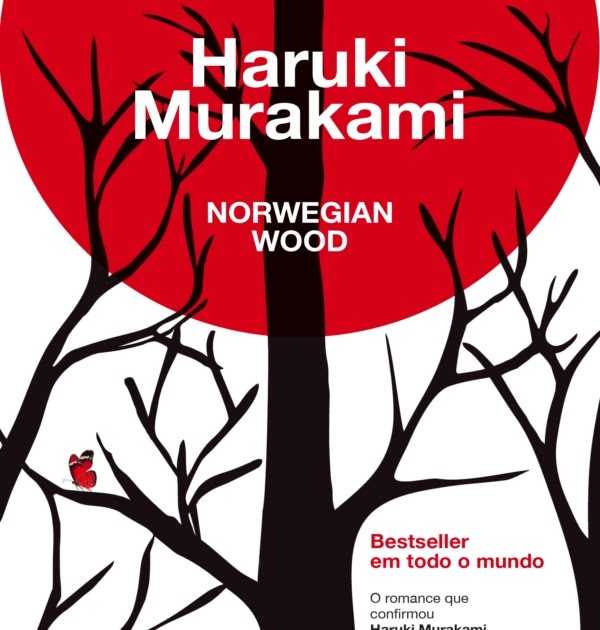


This ambivalent ambiance-of nostalgia of the gone decade and hope for the coming century-can still be revisited in Tokyo’s landscape. Pepper’s Lonely Heart Band in Naoko’s blanketed tatami room on a Christmas birthday, the desperate conversation and cake, and their subsequent, tear-filled sex is an ominous trip through Haruki’s unique style.


Haruki’s unique style delivers blunt, yet candid descriptions of these characters and the world that surrounds them. Our protagonist’s showy references to classic literature, Naoko’s emotional shutdown, and Midori’s overt sexuality, appear one-dimensional but are only first impressions for gradually developing characters within their own inner worlds. The modernizing moral ideals of 80’s Japan are yet to catch up with these two new lovers her clinical depression, which only allows a single sexual encounter with Toru before her hospitalization, twists traditional sexual norms, while the clear mutual attraction between him and his classmate, Midori, pushes the boundaries dividing physical and emotional relationships. Norwegian Wood follows Toru, a Waseda college student and a pretentious Kafka fan defining his life story is the suicide of his best friend Kizuki two-years before the story and his hook-up with his highschool sweetheart, Naoko. Curious about the “Murakami’s World” emphatically sold on the hardcover, I took a copy. The last time I read a book from a Japanese author was in high school. This book still lines the “steady seller” section in bookstores, where it caught my eye. They would’ve been unaware of the contrast between the book’s chromatic cover and its hefty story-a contrast not unlike the time’s outward prosperity and inward confusion. Nobody knew how to use the cash earned through skyrocketing stocks and salaries, but some spent it on these colorful copies of Haruki Murakami’s Norwegian Wood, a two-volume set in holiday-themed scarlet and green. Murakami Haruki’s Norwegian Wood reached such shelves in the Christmas of ’87, with two delightfully themed scarlet and green volumes.Īround the Christmas of 1987, Tokyo citizens were witnessing the exponential increase in property prices the Tokyo Tower chromatically defined the scintillating night skyline Asahi released his popular Super Dry beer and with two years left in the Shōwa period, an unprecedented decade of prosperity. The tight shelves of alleyway bookstores and large chains likewise were lined with such collections, all of standard size and format, with the occasional customer standing reading, halfway through a book held on a single hand. It wasn’t many decades ago when commuters in Tokyo subways would have in their hands, in place of a phone, a similarly small-sized book-a bunko-bon.


 0 kommentar(er)
0 kommentar(er)
